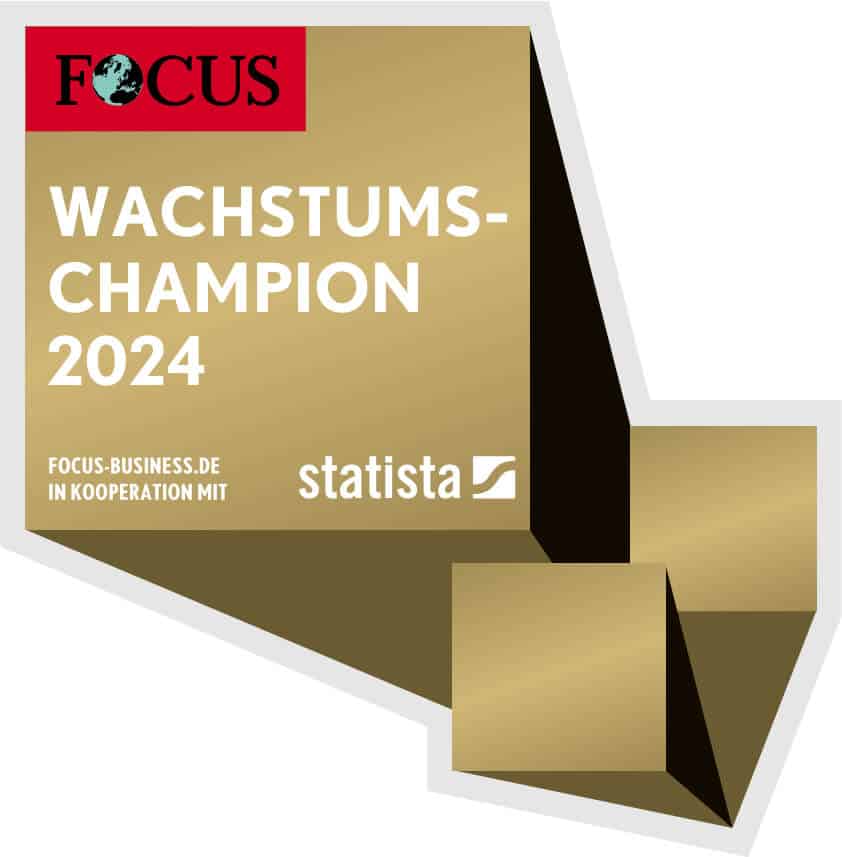The constant advance of digitalization is also driving the development of artificial intelligence (AI). In addition to the gain for Opportunities for collaboration smart home technologies are among the most interesting innovations in the field of intelligent machines. At the same time, the continuously growing number of power- and energy-consuming appliances in the home poses major challenges for energy management as a whole. How can energy consumption within a household or business be reduced even though the number of power-consuming appliances is increasing? A further up-and-coming option for saving energy can be found in precisely these smart home systems. The following article explains the potential, but also the negative aspects of smart homes.
Smart home as an energy-efficient solution for energy management
Intelligent, networked and self-learning systems are used in a wide variety of areas, whether in industrial companies, retail or service providers. Intelligent systems have also found useful applications in private households. Smart home devices, known through systems such as Google Home, Alexa and Apple HomeKit, stand for intelligent companions in everyday private life. But smart home systems can do more than just order new items and respond to voice instructions from the consumer.
As already described in the FAZ online article, new possibilities for reducing energy costs and saving energy are emerging. Independent operation, learning and planning of the systems not only makes everyday life more convenient, but also significantly more energy-efficient. In this way according to Focus Online up to 30 percent on heating and energy costs. Smart controllers, for example, regulate the temperatures of the heating control system and switch off power-consuming appliances or heaters completely when they are not needed, for example when no one is at home. Smart home systems usually have a similar structure. There is a central server in the house or on an app and the corresponding functional components at the respective points in the house where savings are to be made. Five components are particularly important in terms of energy efficiency:
- Smart meters ("smart metering")
- Smart ventilation system
- Smart window and door locks
- Smart heating control
- Smart lighting control.
Well-known market research companies are making positive forecasts for the future smart home market. Consultancy firms are also pointing to strong future opportunities in this area. This is why the topic of smart homes is also an interesting area for further development for companies.
Despite the potential, smart home systems are being criticized
If we now look at the negative aspects of smart homes, the same factors often stand out. One of these is the lack of transparency in the range of products on offer and the associated product prices. Many systems with a wide variety of functions make products incompatible. In most cases, installations are also associated with high costs due to the effort involved. Certainly, certain consumer fears regarding data theft and misuse are an equally negative aspect of smart homes.
Where the journey of smart home systems is heading
As the technology is growing, there are of course many customers who have not yet dealt with the topic of smart homes. However, knowledge and technical expertise are essential, especially in the field of energy management.

The final conclusion is that the already high savings potential of smart homes of up to 30 to 40 percent represents an efficient way of reducing energy costs and energy consumption.* Weaknesses and risks can be reduced through the increasing and positive development of the market, for example through a high level of customer willingness to buy and through better information as part of awareness campaigns by providers.
—
*On the topic of cost reduction through digital technologies and their added value for companies in general, we also recommend taking a look at our article "Degree of digitization: How digital is Germany?".
This article was written by Professor Dr. Peter Steinhoff in collaboration with Maximilian Maier is the author.
(Cover image: © NicoElNino | fotolia.com)


